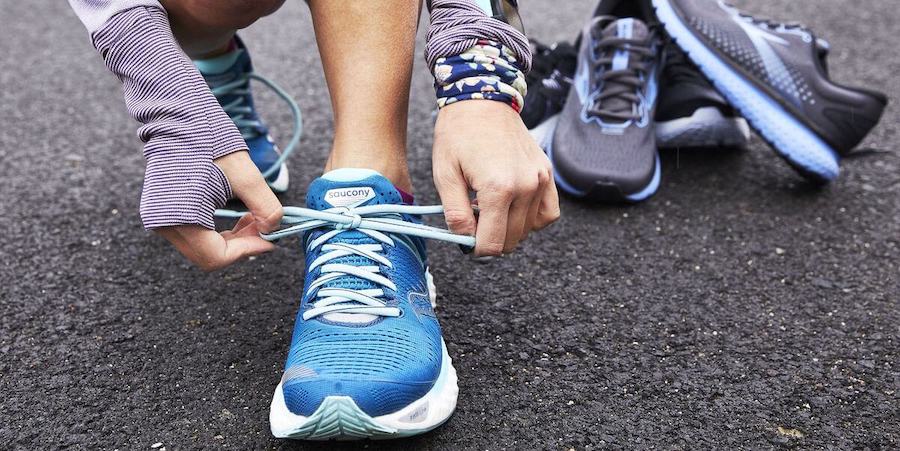Footwear Advice

Incorrect fit
Getting the fit correct is paramount when buying a new pair of shoes.
Incorrectly fitting shoes can lead to a number of different foot problems including, bunions, corns, blisters, bursitis and morton’s neuroma to name just a few.
Correctly fitting shoes
Top tips:
- Make sure to leave approx half a thumbs width at the end of the shoe from the big toe
- Check the shape of the toe box of the shoe. If it is narrow and pointy then this may lead to problems
- If you have a wide foot seek out brands that use multiple width fittings.
- Go shopping at the middle to end of the day, as your feet tend to swell throughout the day.
- Avoid shoes that slip on and are low cut at the front (ie ballet flats) as they may cause compression issues around the front of your foot.
- A lace up shoe will fit and support your foot a lot better than slip on shoes.
- Remember that if the shoes feel really uncomfortable in the store then the likely hood of them “loosening up” is very low.
- Always wear your shoes inside at home for a couple of days. If you are not comfortable the shop should be able to exchange them for you.
The right shoe for the right job
- Business and dress shoes should be limited to work and formal occasions. If you are walking for more than 15mins to and from work then you need to put on your causal/sports shoes.
- Causal/street shoes are fine for every day wear and moderate walking.
- Running shoes are fine for walking/running/every day wear.
- They shouldn’t be worn when playing multi-direction sports like tennis or squash.
- Walking shoes are great for just that.
- Cross-Trainers are a good all rounder made to do a little bit of everything.
- Sport specific shoes (ie Tennis, netball etc) are really needed when you are participating in that activity three times or more in one week.
Brent Goddard - Podiatrist, discusses treatment options for Metatarsalgia and Morton's Neuroma and why the right fitting shoe is important.
Signs of shoe wear
It’s important to make sure you replace your shoe before they have worn out. Wearing a shoe that is excessively worn can potentially result in foot pain or injury.
Things to look for:
- Excessive outer sole wear around the heel and ball of foot.
- Excessive bludging of the upper, tears or stitching that has come apart
- Compression of the midsole (the white material between the upper and the outer sole on sports shoes), this is usually indicated with stress lines or a positive pinch test (get the mid sole between your finger and thumb if you can squeeze the two together very easily then the midsole has probably compressed)
- Shoe mileage; on average a running shoe will last approx 1000km. Keep a record of you runs so you can work it out.
- If you are unsure head to a sports shoe store and ask the professionals, compare the feel of your old shoes to new ones.
Matching you to the right shoe
Sports shoe manufacturers put a lot of research in to footwear, the end result is very technical shoes that do very specifics jobs.
As a consumer this can be very confusing and over whelming. To add to this a lot of shoe stores don’t have the technical knowledge to back up the product. It is very important when buying sports shoes to make sure they are correct for your foot type.
There are three main foot types:
- High arch (these feet tend to roll out or supinate)
- Normal arch (termed as neutral)
- Low arch (these feet tend to roll in or pronate)







